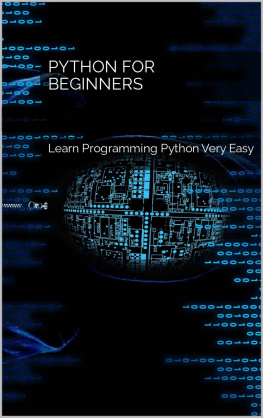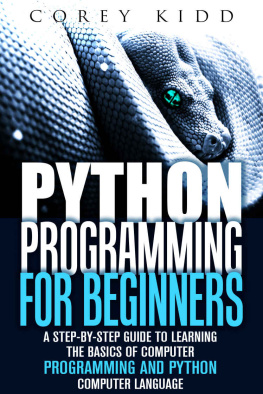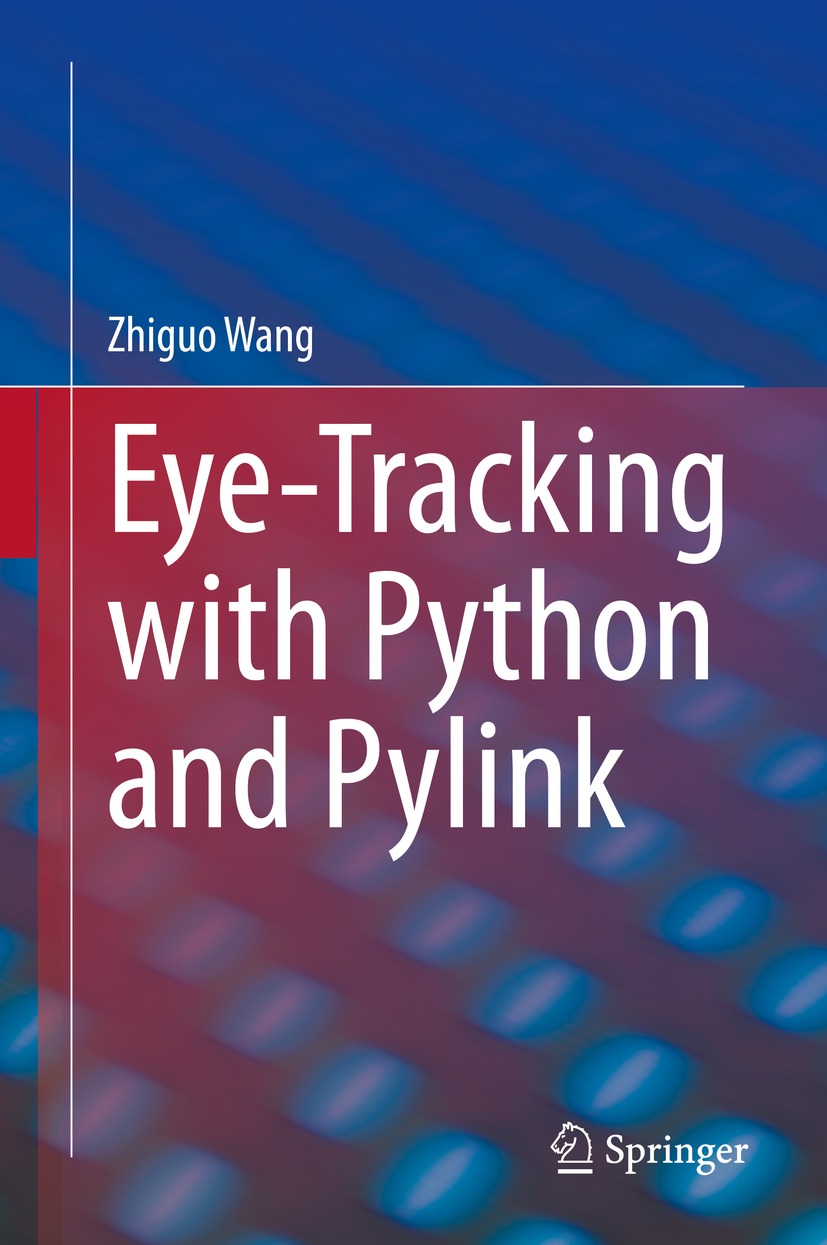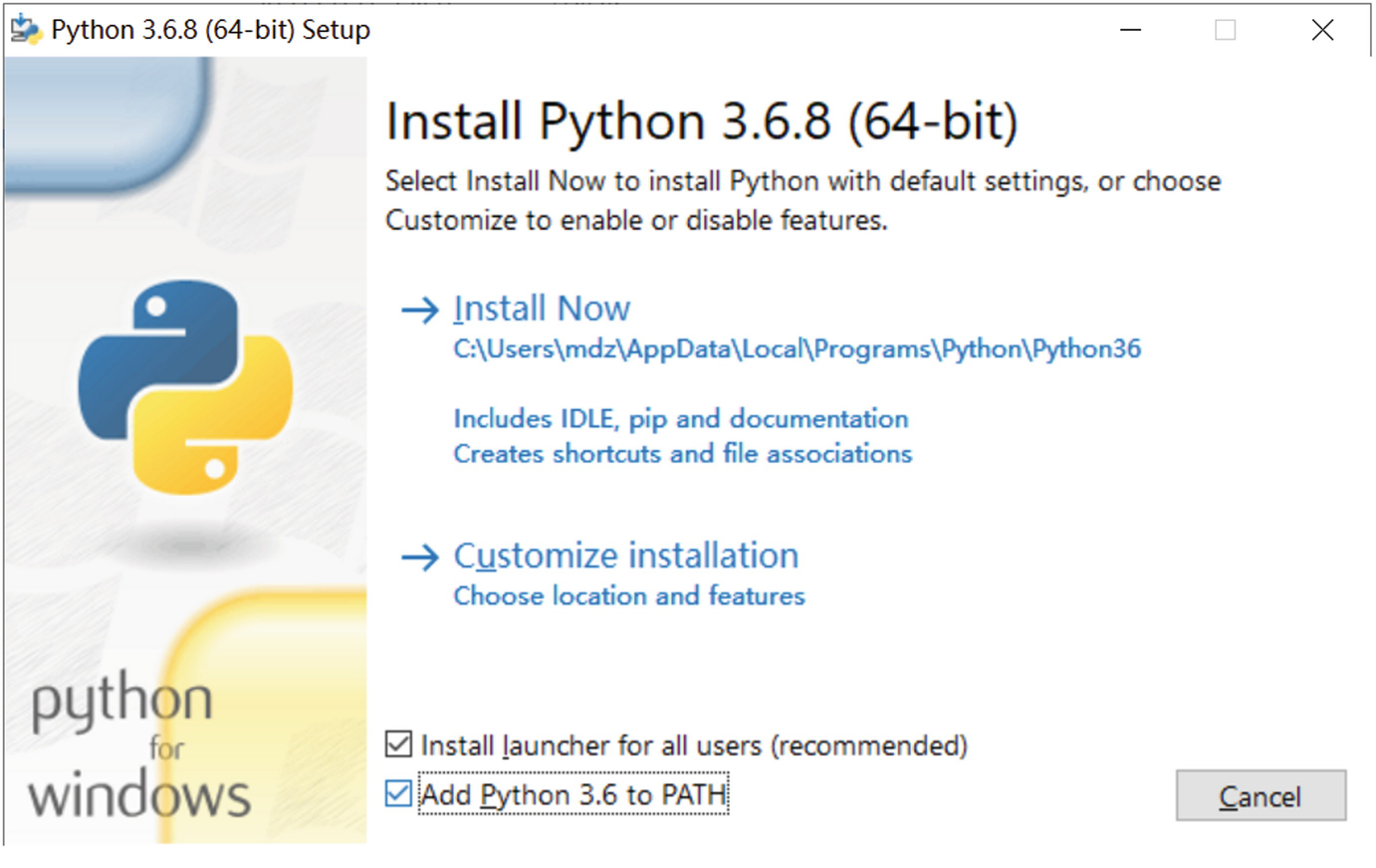Zhiguo Wang - Eye-Tracking with Python and Pylink
Here you can read online Zhiguo Wang - Eye-Tracking with Python and Pylink full text of the book (entire story) in english for free. Download pdf and epub, get meaning, cover and reviews about this ebook. year: 2021, publisher: Springer, genre: Computer. Description of the work, (preface) as well as reviews are available. Best literature library LitArk.com created for fans of good reading and offers a wide selection of genres:
Romance novel
Science fiction
Adventure
Detective
Science
History
Home and family
Prose
Art
Politics
Computer
Non-fiction
Religion
Business
Children
Humor
Choose a favorite category and find really read worthwhile books. Enjoy immersion in the world of imagination, feel the emotions of the characters or learn something new for yourself, make an fascinating discovery.
- Book:Eye-Tracking with Python and Pylink
- Author:
- Publisher:Springer
- Genre:
- Year:2021
- Rating:4 / 5
- Favourites:Add to favourites
- Your mark:
Eye-Tracking with Python and Pylink: summary, description and annotation
We offer to read an annotation, description, summary or preface (depends on what the author of the book "Eye-Tracking with Python and Pylink" wrote himself). If you haven't found the necessary information about the book — write in the comments, we will try to find it.
Several Python programming books feature tools designed for experimental psychologists. What sets this book apart is its focus on eye-tracking.
Eye-tracking is a widely used research technique in psychology and neuroscience labs. Research grade eye-trackers are typically faster, more accurate, and of course, more expensive than the ones seen in consumer goods or usability labs. Not surprisingly, a successful eye-tracking study usually requires sophisticated computer programming. Easy syntax and flexibility make Python a perfect choice for this task, especially for psychology researchers with little or no computer programming experience.
This book offers detailed coverage of the Pylink library, a Python interface for the gold standard EyeLink eye-trackers, with many step-by-step example scripts. This book is a useful reference for eye-tracking researchers, but you can also use it as a textbook for graduate-level programming courses.Zhiguo Wang: author's other books
Who wrote Eye-Tracking with Python and Pylink? Find out the surname, the name of the author of the book and a list of all author's works by series.











